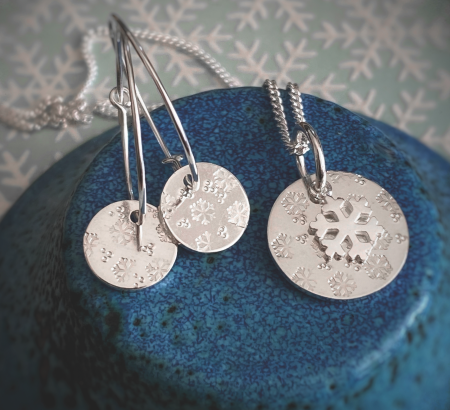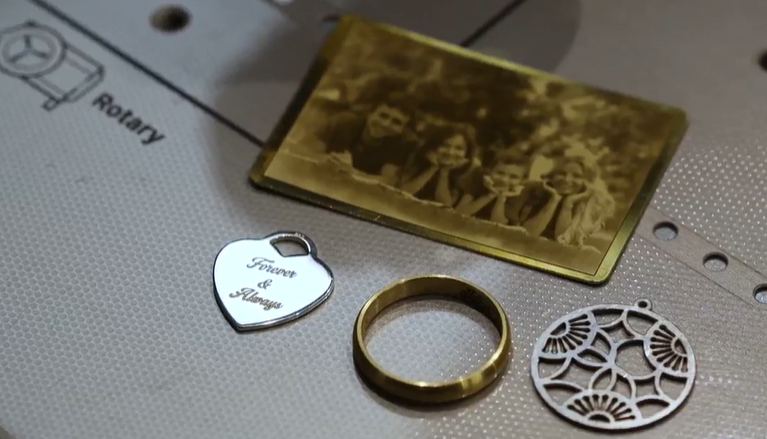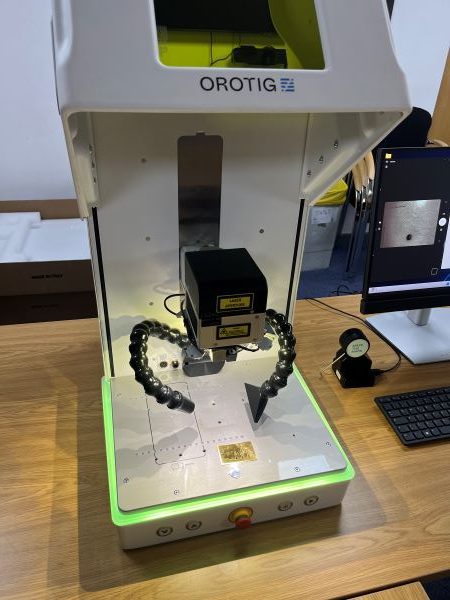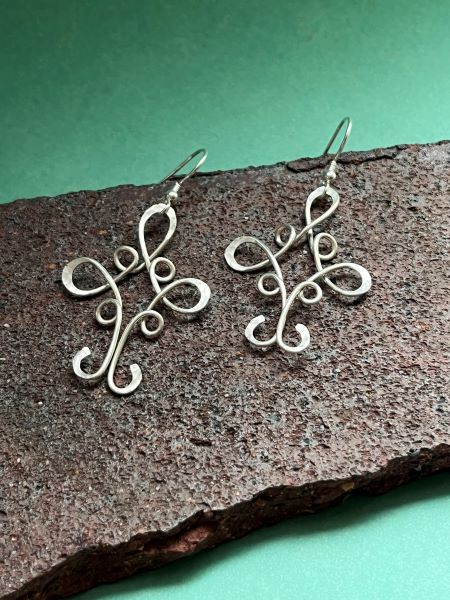Christmas Jewellery Trends 2025
Christmas 2025 jewellery is all about bold colour, playful motifs and personal touches. Discover the jewellery trends bringing colour, sparkle and personality to this festive season. Bold Bauble Colours Rich, vibrant tones are in the spotlight. Deep reds, emerald greens and royal blues are a key look for Christmas 2025. Statement earrings, colourful bead bracelets […]
Read Post




